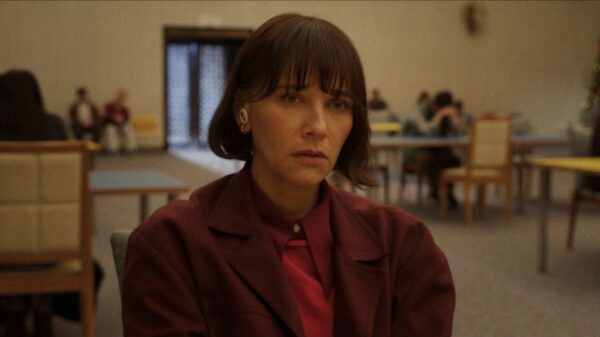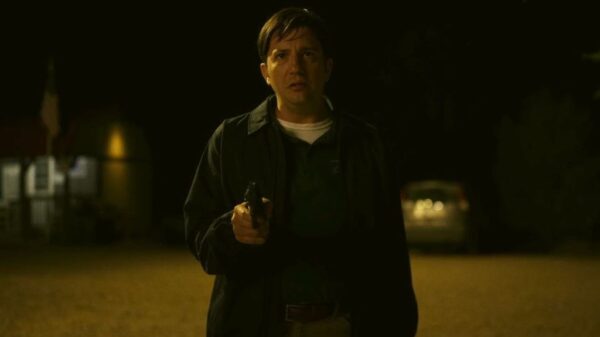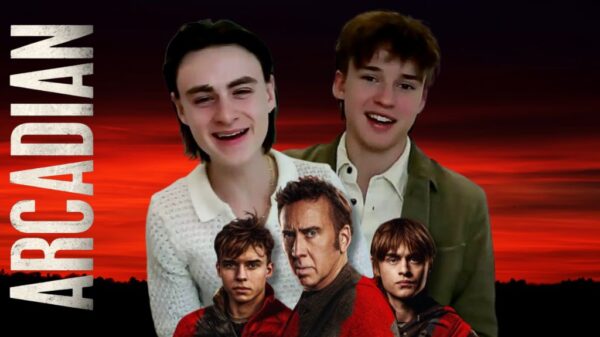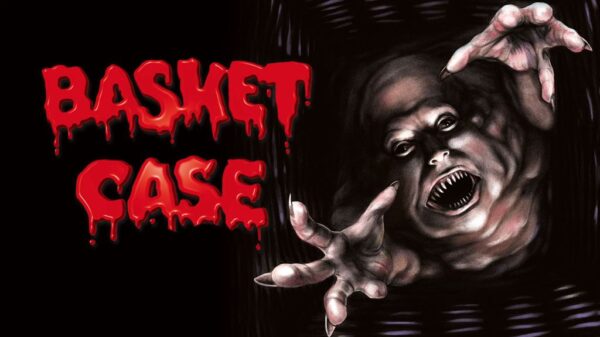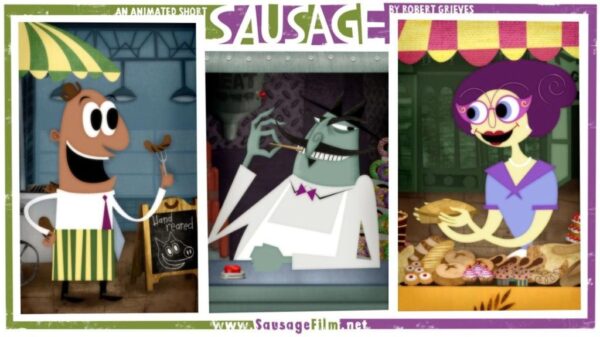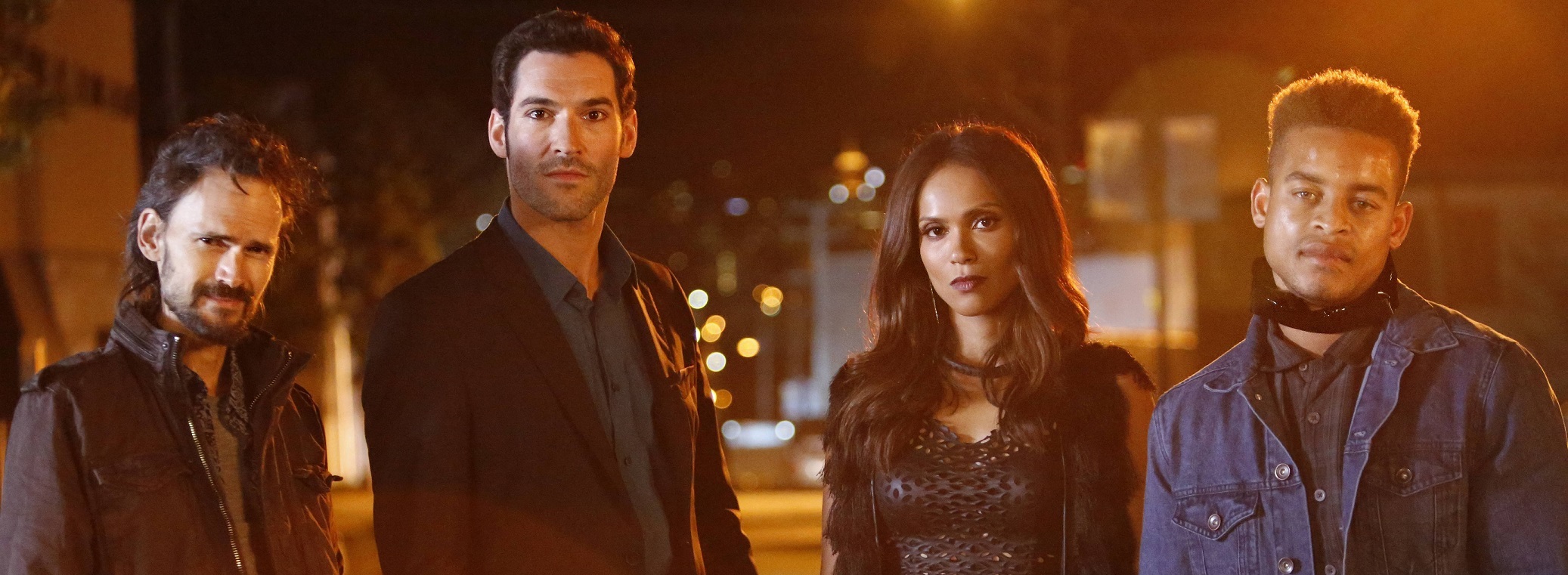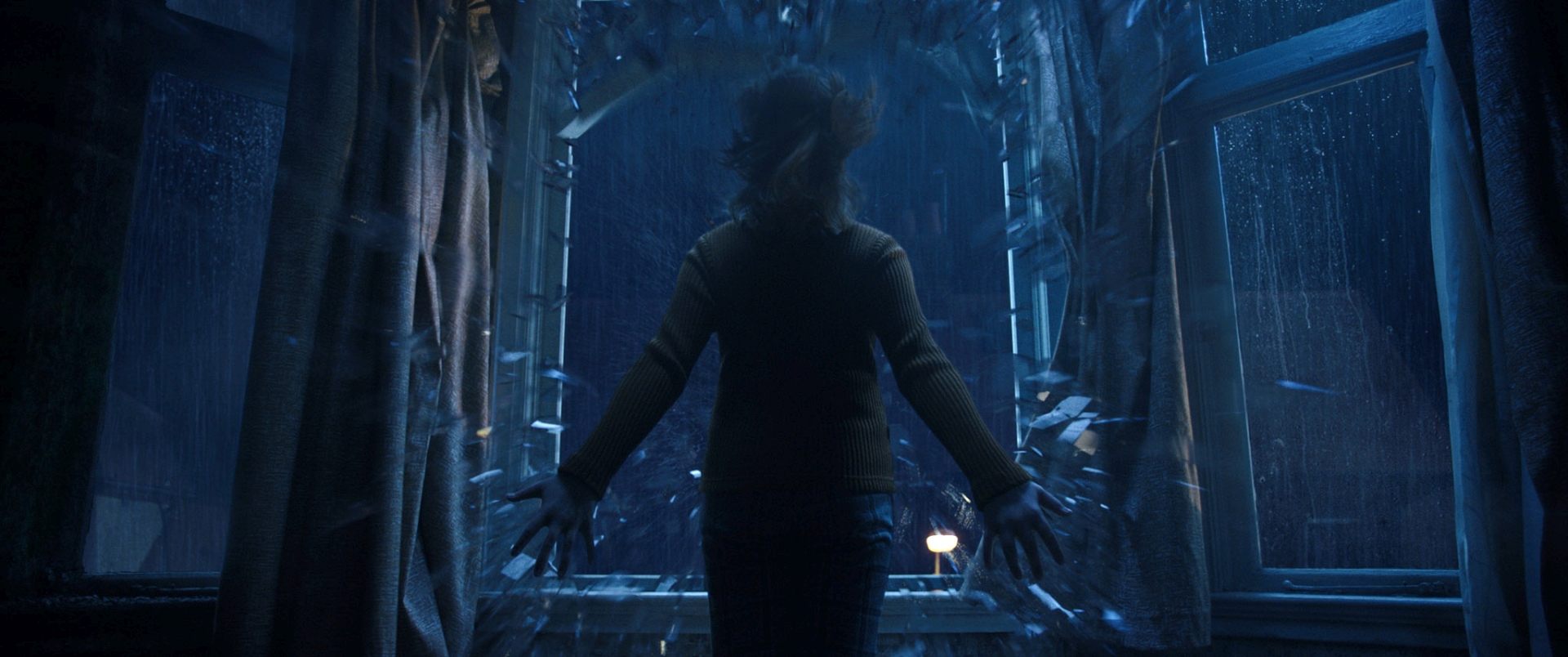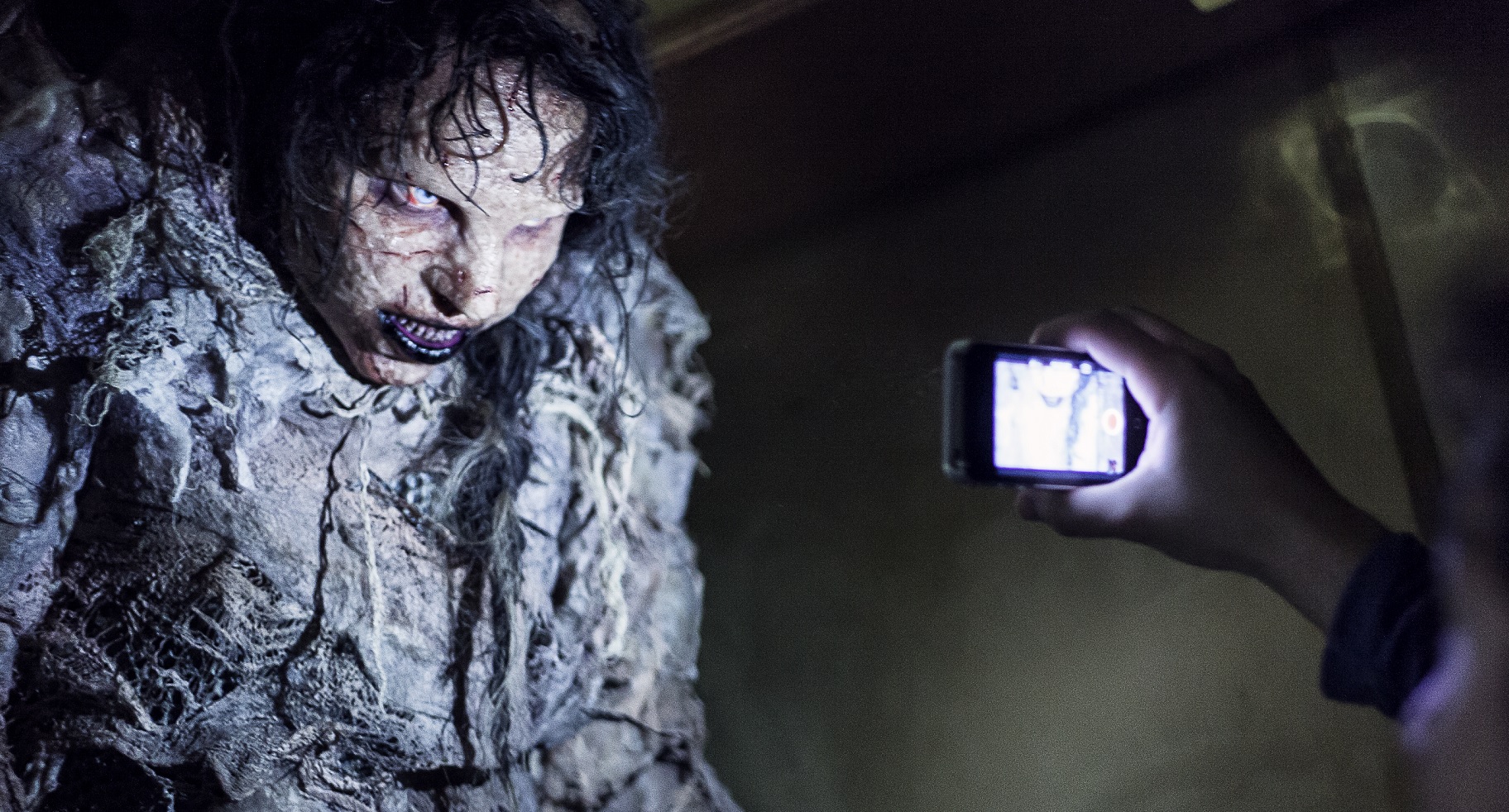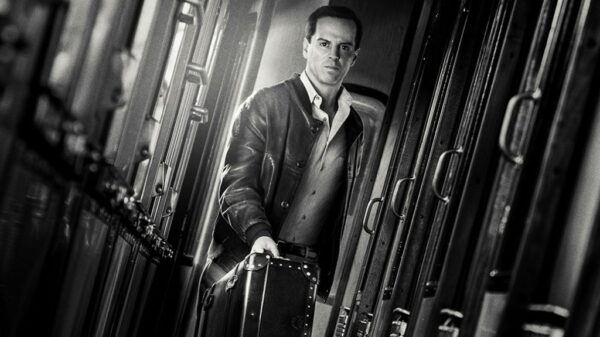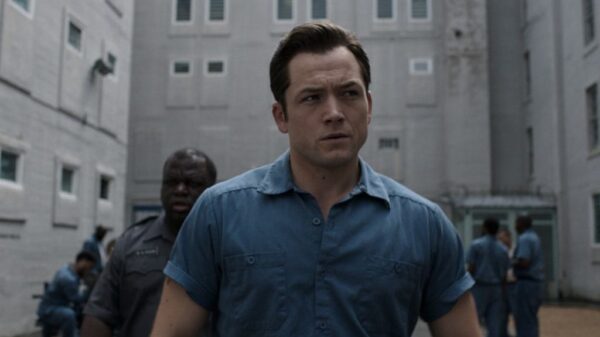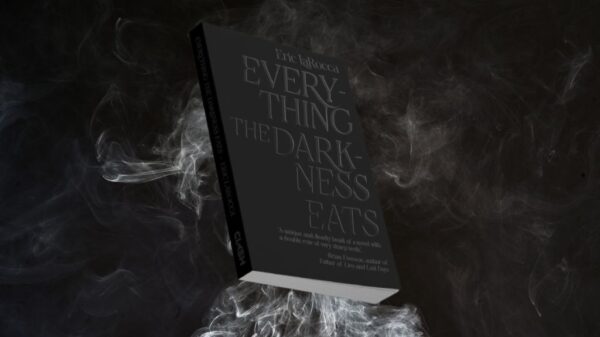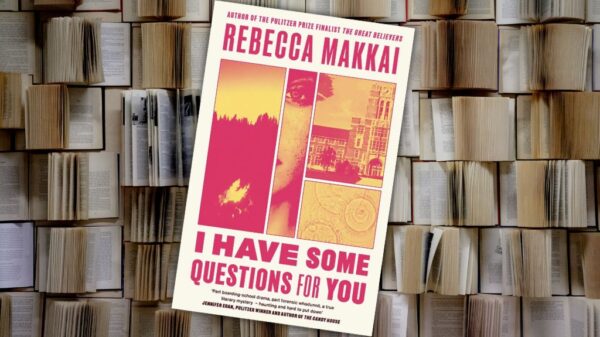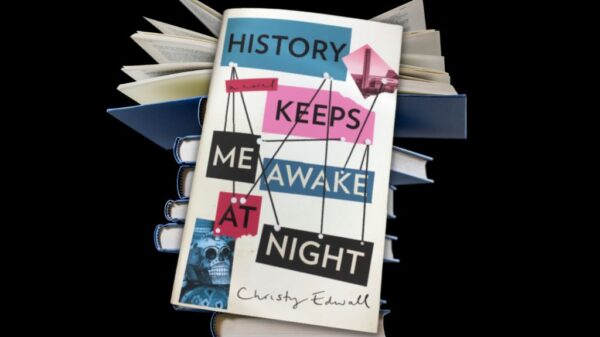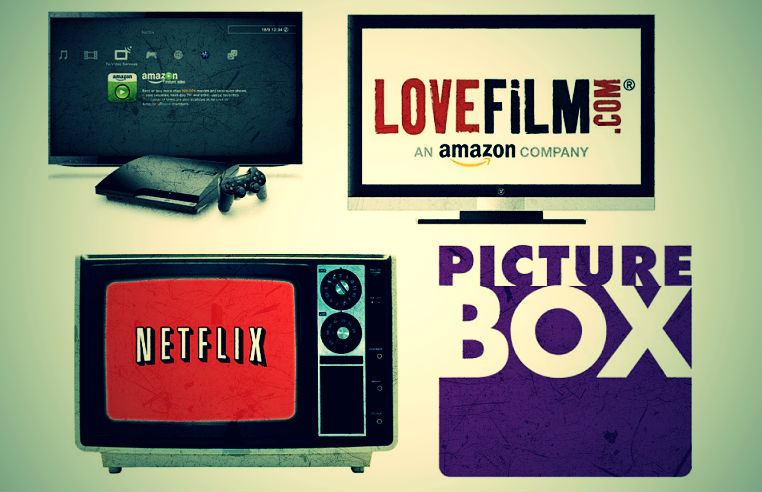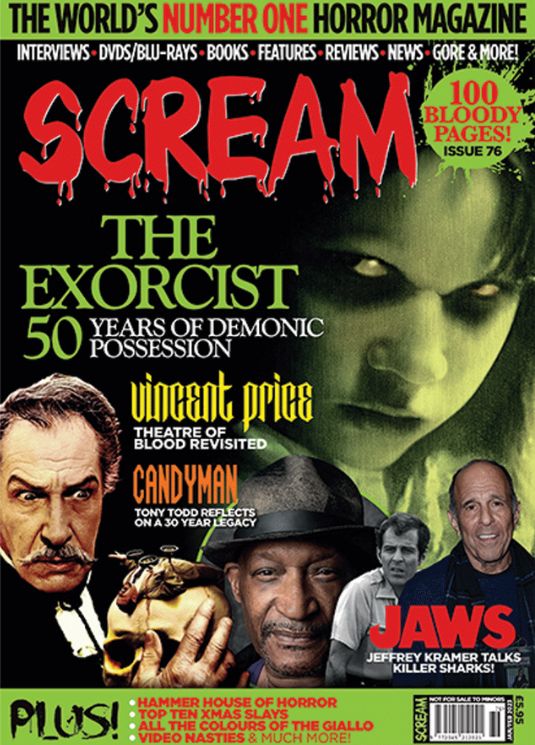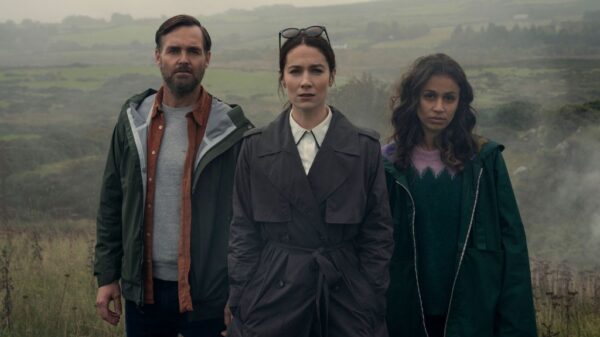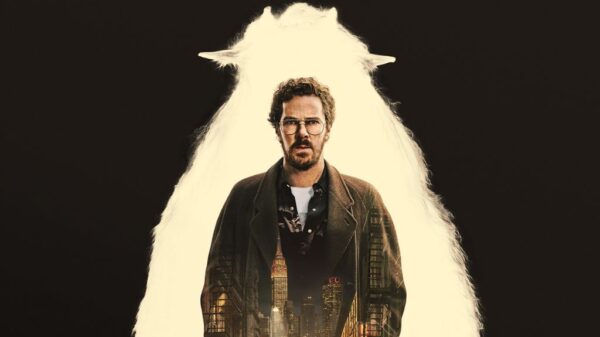For the last century we have revelled in a romantic relationship with film – an entity in its own right that gives us the ability to experience passion, danger and horror from the safety and comfort of the cinema. From the Kinetoscope Parlours of the late 19th century to the IMAX cinemas of modern day, our amorous addiction to escapism through motion pictures has changed the world we live in. It has brought people together; a social gathering of the likeminded looking to escape from the monotony of every day life. But is our love affair with cinema about to die?
We live in a digital age, where social interaction is invaded by Wi-Fi connected gadgets and people communicating through statuses and tweets. It is often impossible to escape the ever-marauding Internet connection, as nearly 90% of the UK is connected, and nearly 80% of the US; and these numbers are growing. With unprecedented access to online material, we have seen more people legally streaming films online than purchasing DVDs or Blu-Rays for the last few years. We have seen a number of VoD (Video on Demand) services surf this digital wave of success with the rise of Netflix, Distrify, Picturebox, Now TV and more. But these VoD services were not started by a cluster of spontaneous entrepreneurs, instead they are merely limbs of the entertainment industry’s already successful firms; Now TV is owned by BskyB, PictureBox is owned by NBC Universal, Hulu is owned jointly by Disney, Fox and NBC Universal. Netflix is independently owned, however its CEO, Reed Hastings, is on the board of Facebook. Distrify is also independent, but is supported by Creative Scotland.
It’s obvious to see that film producers have already started to adapt to the rapidly changing market, and VoD is certainly a profitable business model. Its social accessibility makes it much more attractive to your film fan. Most TVs are Internet-friendly and smart phones and tablets are abundant in most households. VoD can now be viewed in HD quality (and soon to be 4K quality) in any room of a house, on any bus, plane, waiting room, work place, or anywhere where you can take a portable device. And it’s that social element of watching film that has been at the core of our relationship with it. To go to the cinema is an event that brings people together, pushes them to the edge of their emotions and the edge of their seats.  During the Second World War, the cinema saw record attendances, as millions flocked to be updated on the latest news, or be subconsciously subjected to the latest propaganda film. It was an incredibly important tool to bring communities and nations together in hearts and minds. But with the development of the television, the birth of home entertainment systems, and the evolution of sound equipment, people are able to semi-recreate that unique feeling of being in a cinema in their own home.
During the Second World War, the cinema saw record attendances, as millions flocked to be updated on the latest news, or be subconsciously subjected to the latest propaganda film. It was an incredibly important tool to bring communities and nations together in hearts and minds. But with the development of the television, the birth of home entertainment systems, and the evolution of sound equipment, people are able to semi-recreate that unique feeling of being in a cinema in their own home.
For Peter Gerard, CEO at Distrify, nothing can compare to the cinema experience:
“I love the cinema, as does everyone at Distrify. There’s no comparable experience to watching a great movie projected on 35mm with amazing sound in a theatre full of other people. There’s an energy in a group watching that will never be replicated in a home cinema. Since cinema’s beginnings, movies have been best enjoyed as a communal experience.”
But it’s that communal experience that is shifting, catalysed by high-speed Internet and HD viewing. Hollywood directors are sensing this shift, and some are testing the waters by premiering material online. Terry Gilliam has just done this via Distrify for his latest film The Wholly Family, but Gerard doesn’t think that this is a trend that will become popular due to a typically stubborn film industry.
“The structure of traditional film finance still gets in the way. We are probably still a long way from a time when a legendary director can raise the finance they need to make a big budget film and still have enough control to choose to sell direct via the Internet. “
That stubbornness is warranted though. According to UK based Generator Research, the Box Office is still the main earner for film producers, though online is quickly growing. According to the BFI, UK cinema attendance has reached a 40-year high, with the Box Office raking in over £1billion.
The Box Office may account for the major slice in profit for the studios, but a substantial amount comes in the aftermath of the original release. Home video sales have accounted for the majority of profit made post-release, but the invasion of VoD services are going to change that – and we can see the proof. IHS Screen Digest noted that in 2012 1 billion more movies were being streamed online legally than being purchased as a DVD or Blu-Ray in the same year. Firms like Blockbuster have felt the final twist of the knife as they closed down in 2013, with HMV just dodging the bullet.
What the Internet has opened up, however, is an Aladdin’s cave of opportunity for low-budget and developing filmmakers. With websites like Distrify emerging, amateur filmmakers now have an immediate platform to premiere, distribute and sell their films for no fee to a seemingly endless online audience. Aided using social media as an accelerator, “you might be able to out-sell a famous director by simply engaging with audiences more effectively and creating a genuine buzz” says Gerard.
Social media is word of mouth steroids, and it is obvious how important it has become to Hollywood for marketing their films, and to independent filmmakers. All you need do is scroll down your Facebook page or Twitter feed, and you are bombarded by endless amounts of ‘promoted’ statuses and tweets, drowning you with new trailers, behind-the-scenes footage, competitions and release dates.
Not only can social media be used as a marketing tool, but also a viewing platform. Warner Brothers announced in 2011 that it was offering its movies for rental on films’ official Facebook pages using Facebook credits. That service seems to have ended now, which suggests that it was not a great success.
Speaking with Karen Krizanovich, a member of the London Film Critics’ Circle and brand ambassador for PictureBox, she agreed that studios still have a long way to go before they take full advantage of social media:
“Studios are getting there but they’re not nailing it yet….Social media audiences are changing all the time.”
The fluidity of social media is so robust and deeply complex that the attitudes of consumers are constantly changing, affected by a variety of different systems. Even by having seemingly limitless access to anything on the Internet, it’s how we are led to certain content that poses the biggest challenge to the producers.
So as it seems, whether you’re part of mammoth marketing teams at huge Hollywood studios, or a struggling yet inexorable independent filmmaker, the battle to have your movie seen is shared.
Is film about to embark on a journey into the online world? It seems that we are at what could be the beginning of a new era of film viewing. And as much as new apps, VoD and social media are changing our experiences at home, consumers and producers cling desperately on to that ‘romantic relationship’ with the classic cinematic experience, in a darkened room, surrounded by strangers. Nothing beats it.



